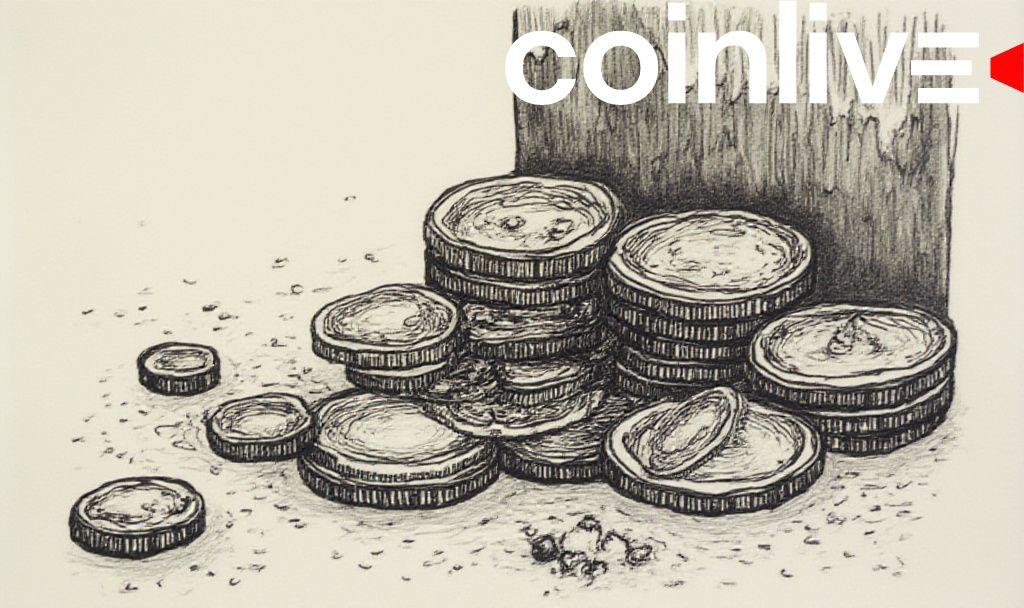- Meta to integrate stablecoins for cross-border payments.
- Leadership focuses on fintech innovation.
- Potential impact on global payment solutions

Meta is exploring the use of stablecoins for cross-border payments, reinvigorating its interest in cryptocurrency. This move follows previous ventures in digital currencies and is part of a broader push to enhance platform utility.
Meta’s exploration of stablecoins in cross-border payments signifies its continuing evolution in fintech, aiming to leverage cryptocurrency’s benefits and address existing challenges in global payments.
Meta Cryptocurrency Integration Efforts
Meta is venturing into cryptocurrency integration by exploring stablecoin payments for cross-border transactions. This initiative is influenced by the hiring of Ginger Baker, who is leading discussions with crypto partners. Meta is aiming to reduce transaction fees and improve payment efficiency, particularly in regions with slower traditional systems. As Ginger Baker, Vice President of Product at Meta, stated, “While we are in ‘learn mode’ regarding our stablecoin approach, we are actively engaging with potential crypto partners.”
Stablecoin Strategy and Market Impact
Stablecoins such as USDT and USDC are at the forefront of Meta’s strategy, marking a shift from its previous efforts with the Libra project. That initiative faced regulatory hurdles and was ultimately sold as Diem’s assets to Silvergate Bank. This new push emphasizes actual use cases over broader ambitions.
The wider stablecoin market is gaining traction, with capitalization exceeding $230 billion. Major payment processors such as Visa and Stripe are already making moves in the sector. This surge indicates growing institutional interest and could influence Meta’s strategy and the broader payment landscape.
Positioning and Technological Outcomes
Financially, this move could enhance Meta’s positioning within global transactions. By adopting stablecoins, Meta could foster competition in the payment processing industry. The decision may lead to a reevaluation within traditional financial systems on how to compete or collaborate with fintech advancements.
Potential technological outcomes include the integration of blockchain technology within Meta’s platform, influencing its transactional capabilities. These moves align with industry trends, pointing toward a future where stablecoin adoption may streamline financial interactions across borders. The shift underscores the potential for enhanced security and efficiency within global payments, bolstered by past initiatives and .








